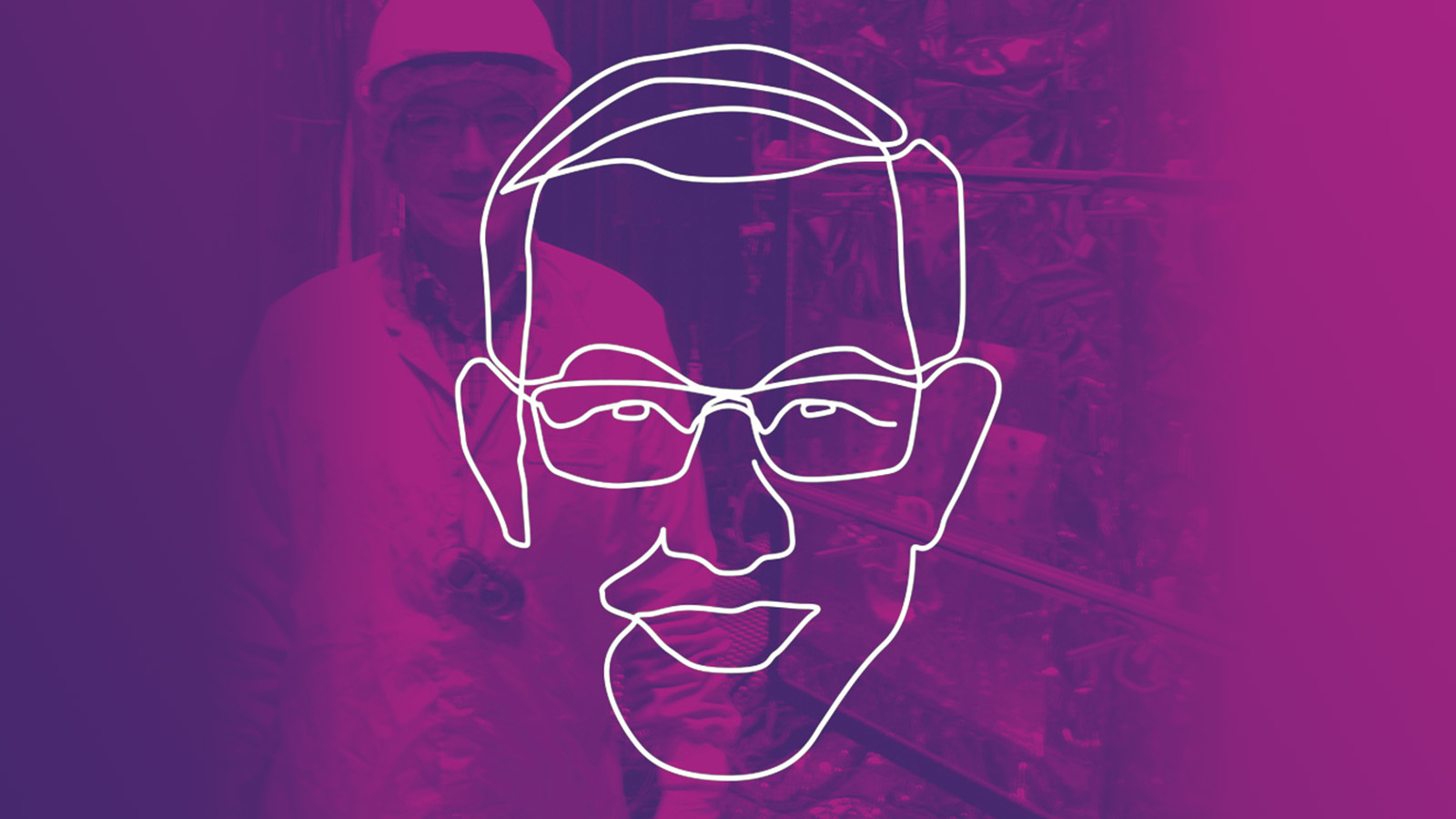Contact us
Get in touch with our experts to find out the possibilities daily truth data holds for your organization.
Persistent Monitoring
Natural catastrophe solutions
20 November 2020 | People & Culture
5 min read

Steven Scheers
Chief people and culture officer

ICEYE is leading in microsatellite synthetic-aperture radar (SAR) technology and happy to have Alan in the team with his proven expertise and enormous knowledge in the fields of satellite design and SAR technology.
We met with Alan to learn more about his background and career, what he thinks about New Space and what his plans at ICEYE are.
“I’m from Vancouver, Canada, and have recently moved to Helsinki to work at ICEYE. I have spent over 25 years working on satellite synthetic-aperture radar in Canada. Prior to my career in SAR, I was originally a mathematician, having obtained a Ph.D. in mathematics from MIT.”
“Canada has been a world leading country in the use of satellite SAR since the 1990’s. Early applications included ice monitoring and ship detection so the SAR programs in Canada focused on satellites with wide-area surveillance capabilities. I worked on all of the RADARSAT programs: RADARSAT-1, RADARSAT-2, and most recently the RADARSAT Constellation Mission (RCM). I was the Chief Engineer on RCM and worked on all phases of the program from initial studies through to launch, early operations, and commissioning.”
“Ever since attending the Critical Design Review of the first ICEYE satellite in early 2017, I have been fascinated and impressed by ICEYE. ICEYE is developing small SAR satellites with extraordinary capabilities given their size and cost. It is truly impressive to see what has already been accomplished and to imagine what the possibilities in the future are.”
“I believe ICEYE has the potential to truly revolutionize the SAR remote sensing market with its new approaches.”
“In order to support the planned growth at ICEYE, and prior to my arrival, there already existed a very good and very ambitious "Roadmap" defining future plans for Spacecraft Engineering. This Roadmap involves launching lots of satellites, while also making significant improvements along the way. I plan to help further develop that Roadmap, with particular emphasis on desired SAR imaging mode capabilities.”
“There are in fact quite a few different directions in which the design of future ICEYE satellites could go, and my knowledge of SAR can help in guiding some of those future directions. In addition, I think ICEYE can certainly benefit from continued focus on evolving processes, designs and engineering approaches so I will bring some of my experience to help with that. We will, however, need to strike a balance between improved processes while also maintaining an environment to foster innovation.”
Figure 1. An artist's depiction of an ICEYE SAR microsatellite.
“There is currently a lot of interest in New Space and ICEYE is a leading example of this approach. It includes a more commercial approach to development, with an emphasis on smaller spacecraft and also allowing more confidence in using less testing and simpler systems than a traditional approach, thereby lowering cost per spacecraft and thus making it possible to build sizable constellations in an affordable way. This opens up all sorts of business possibilities.”
“Other aspects of New Space include an incremental approach to improvement which becomes possible with a continual line of spacecraft being developed, as well as the ability to test changes in space as an effective way to qualify new designs.”
“I’m looking forward to learning more about these new approaches while bringing some of my more traditional experience to help.”
“For me, one of the most exciting things about ICEYE is that for the most part, we are our own customer, so we have a lot of control over the directions in which we want to go!”
“Without giving away all our ideas, some possible directions for improvement could potentially include enhanced resolution, novel imaging modes for wider swath imaging, improved satellite agility, changes in frequency band, and even multi-polarization options. However, we can’t do it all at once, so making these choices is important and interesting.”
Image 2. ICEYE SAR satellite image from the Singapore trait. The image shows various vessels around the International Airport of Changi, Singapore, and its surrounding areas.
“We have a list of open positions which I hope will be filled within the next few months. With an increasing number of satellites the work will grow and we need to ramp up our engineering capability accordingly. I am looking forward to supporting this process of forming a strong engineering team with people of different backgrounds and with a variety of experiences, strengths, approaches, and views.”
Apply for our open Spacecraft Engineering positions today. We are happy to welcome you to our international team!
31 August 2020
Great Opportunities for Software Engineers in the Space Industry
Are you a Software Engineer and fascinated by space, satellites and Earth Observation? ICEYE is...
Read more about Great Opportunities for Software Engineers in the Space Industry →11 February 2020
Aerospace Engineer Zainab Saleem: Satellites, Women’s Empowerment and STEM
Overcoming obstacles to launch satellites is about the personal journeys of those involved, as much...
Read more about Aerospace Engineer Zainab Saleem: Satellites, Women’s Empowerment and STEM →09 December 2020
Software Engineers Give Insights to Their Work at ICEYE
We are eager to welcome software engineering talents to join our team. Read about the experiences...
Read more about Software Engineers Give Insights to Their Work at ICEYE →